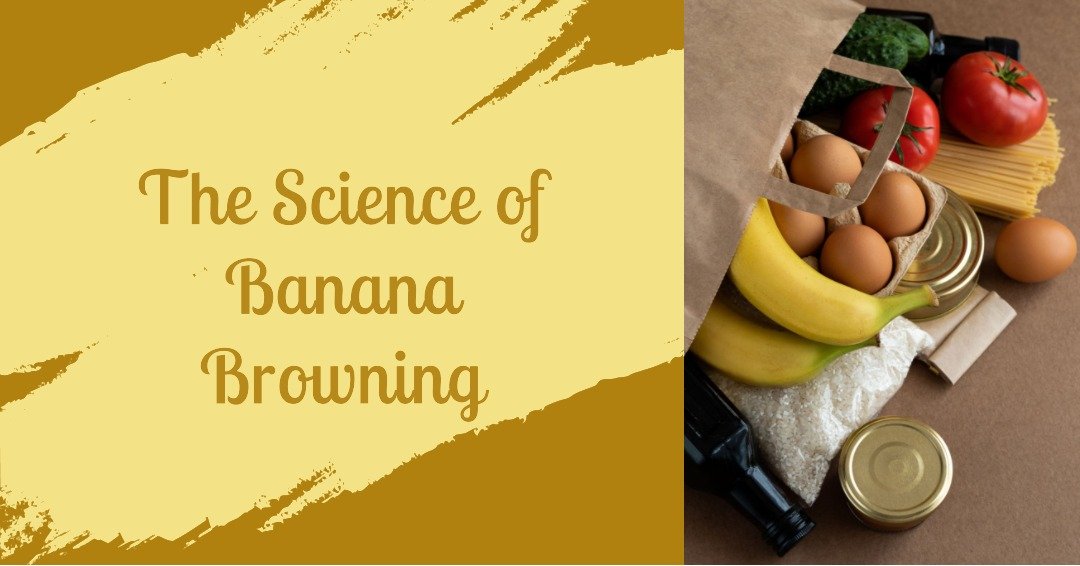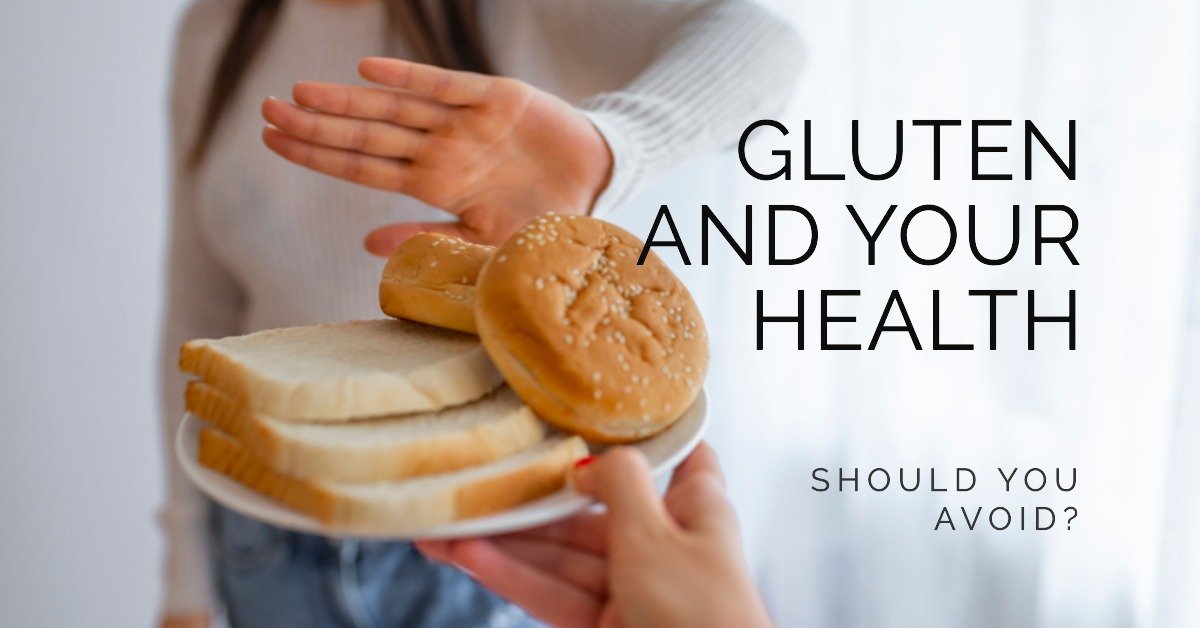Bananas, the beloved yellow fruit loved by many, have a common nemesis: browning. Have you ever wondered why bananas turn brown and how you can keep them fresh for longer? In this comprehensive guide, we will dive into the science behind banana browning and provide you with practical tips to prevent it. With these insights, you can ensure your bananas stay vibrant, appetizing, and ready for your enjoyment.
Table of Contents
Why Do Bananas Turn Brown?
The process of banana browning occurs due to an enzyme called polyphenol oxidase (PPO). When the peel is damaged or broken, PPO interacts with oxygen in the air, resulting in the oxidation of phenolic compounds within the banana’s cells. This oxidation process leads to the browning we often see.
Prevention Techniques
- Keep Bananas Cool: Storing bananas at a cool temperature is key to slowing down the browning process. Ideally, aim for a storage temperature between 55-60°F (13-16°C). Avoid exposing bananas to direct sunlight or placing them near heat sources, as these conditions accelerate ripening and browning.
- Separate from the Bunch: Bananas emit a natural hormone called ethylene gas, which speeds up the ripening process. To prevent browning, it is best to separate each banana from the bunch. Additionally, wrapping the stem of each banana with plastic wrap can reduce the release of ethylene gas and further slow down ripening.
- Utilize Lemon Juice or Citric Acid: The acidity in lemon juice or citric acid can inhibit the enzymatic browning process. Before storing peeled or sliced bananas, lightly brush them with lemon juice or create a solution of water and a small amount of citric acid. This protective coating helps delay browning and keeps your bananas looking fresh.
- Embrace Freezing: Freezing bananas is a fantastic way to preserve their freshness. Peel and slice the bananas before placing them in an airtight container or freezer bag. Freezing not only prevents browning but also allows you to have bananas readily available for smoothies, baking, or enjoying as a frozen treat.
Conclusion
By understanding the science behind banana browning and implementing prevention techniques, you can extend the shelf life of your bananas and keep them looking delicious. Remember to store them in a cool place, separate them from the bunch, consider using lemon juice or citric acid, and embrace the power of freezing. These simple steps will ensure your bananas stay vibrant, appetizing, and full of flavor. So, say goodbye to unappetizing brown bananas and enjoy the goodness of this versatile fruit at its freshest.
FAQs
-
Can I prevent banana browning by refrigerating them?
While refrigeration can slow down the ripening process, it may also lead to the peel turning black. If you prefer to keep your bananas in the refrigerator, it’s best to leave them unpeeled until you’re ready to consume or use them.
-
Is it safe to eat brown bananas?
Absolutely! Despite their appearance, brown bananas are safe to eat. In fact, they become even sweeter as they ripen further. However, if you prefer to enjoy your bananas when they’re still yellow, it’s best to follow the prevention techniques mentioned earlier.
-
Can I use other fruits to prevent banana browning?
Some fruits, like apples, contain natural enzymes that can help prevent banana browning. Placing an apple slice next to your bananas can slow down the oxidation process and keep them looking fresh for a bit longer.
Remember, the power to prevent banana browning is in your hands. Embrace these techniques, and let your bananas be a shining symbol of your mastery in the kitchen. Enjoy the goodness of this remarkable fruit at its very best, and let the joy of a perfectly preserved banana brighten your day.
Banana browning may be a natural process, but with your knowledge and proactive measures, you can conquer it. So, go forth, my fellow banana enthusiasts, and keep those bananas looking their best. Here’s to many more delightful moments with fresh, vibrant, and delicious bananas. To read more such articles, click here.














Leave a Reply
View Comments